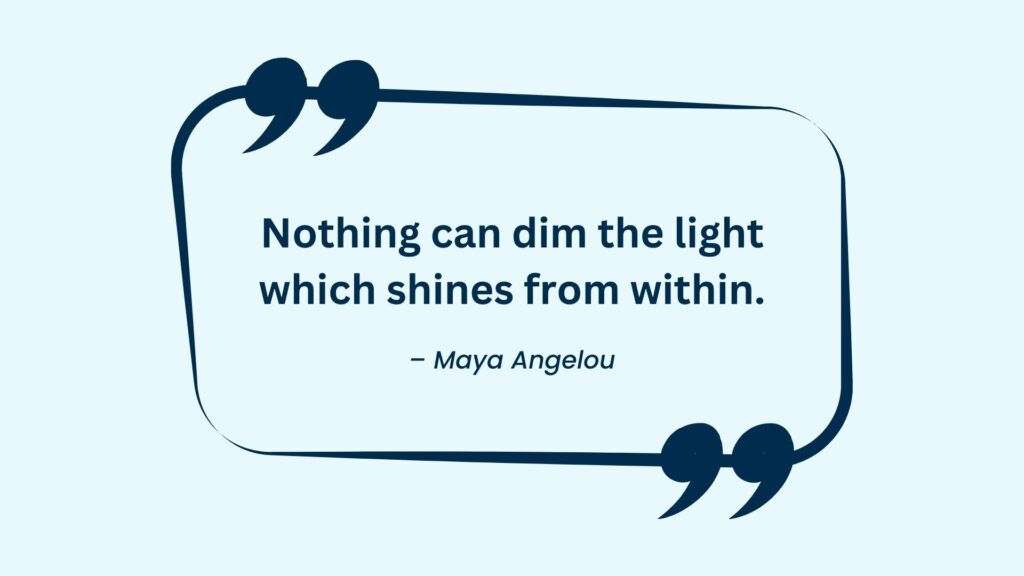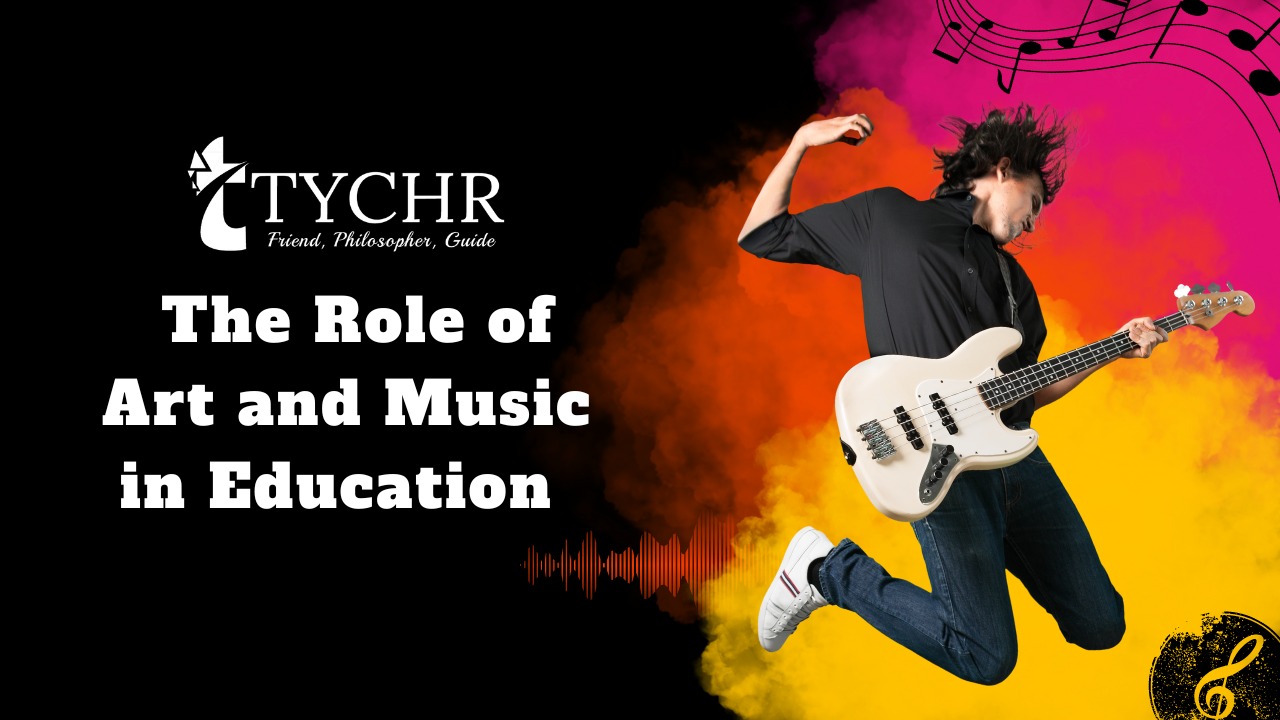Table of Contents [hide]
Art and music have long been revered as vital forms of creative expression, transcending language barriers and connecting individuals on a profound level. Beyond their aesthetic appeal, art and music possess an inherent ability to nurture imagination, foster emotional intelligence, and cultivate critical thinking skills. In the realm of education, these artistic mediums play a pivotal role in shaping well-rounded individuals. Through art, students learn to observe the world around them with a keen eye, to see beyond the surface and explore deeper meanings. They develop the ability to analyze, interpret, and communicate their thoughts visually. This article delves into the captivating world of art and music, exploring their significant contributions to education and the development of creative expression.
Art in Education
Art is a kaleidoscope of emotions, a vibrant palette of colours that allows individuals to convey their innermost thoughts and experiences. In education, art serves as a powerful tool for fostering creativity, enhancing cognitive abilities, and promoting self-expression. From early childhood to higher education, art education facilitates the exploration of various mediums, such as painting, drawing, sculpture, and mixed media, encouraging students to embrace their imagination and experiment with different artistic techniques.
One cannot discuss the role of art in education without mentioning the iconic Vincent van Gogh, whose vibrant brushstrokes painted the sunflowers that bloom eternally in our hearts. Van Gogh’s art speaks to the power of self-expression and the transformative nature of artistic pursuits. Just as Van Gogh’s “Starry Night” transports viewers to a dreamlike realm, art education has the potential to ignite the imagination of students, fostering a sense of wonder and curiosity about the world around them.
Art education begins in early childhood, where finger painting and collage activities allow young minds to explore different textures, colors, and shapes. These activities stimulate sensory development, fine motor skills, and hand-eye coordination. As children grow older, they engage in more complex artistic endeavors, experimenting with various mediums and techniques.
The study of art history is an integral part of art education, exposing students to the rich tapestry of artistic traditions throughout time. From the cave paintings of Lascaux to the Renaissance masterpieces of Michelangelo, students gain insights into the evolution of artistic styles and the cultural significance of artistic expression. They learn to appreciate the diverse perspectives, narratives, and techniques that have shaped the art world.
Furthermore, art education complements and enhances learning in other subjects. It provides a visual and tactile dimension to history, literature, and science. For example, while studying ancient civilizations, students can create clay sculptures inspired by ancient Greek pottery or Egyptian masks. In literature, illustrations can bring stories to life, allowing students to visualize characters, settings, and plotlines. In science, art can be used to illustrate complex concepts, such as the structure of DNA or the anatomy of the human body.
Art education also encourages critical thinking and problem-solving skills. When faced with a blank canvas, students learn to make decisions, experiment with different approaches, and find innovative solutions. They develop the ability to think outside the box, to embrace mistakes as learning opportunities, and to adapt their creative process as needed. Through trial and error, they discover the power of perseverance and the transformative nature of revision.
Moreover, art fosters emotional intelligence by providing a safe space for self-expression. Artistic endeavors allow students to explore and communicate their emotions, fears, and hopes. A canvas becomes a mirror reflecting their inner world, allowing them to confront and process their thoughts and feelings. Whether it’s a somber self-portrait capturing moments of introspection or an abstract composition evoking a sense of joy and freedom, art empowers students to express themselves authentically. Art education also promotes cultural appreciation and understanding. By studying different artistic traditions from around the world, students gain insights into the values, beliefs, and customs of diverse cultures. They develop empathy and respect for different perspectives and learn to embrace diversity in all its forms. Through art, students become global citizens, appreciating the beauty of cultural exchange and celebrating the richness of human expression.
Art also provides a platform for students to develop critical thinking skills and engage in visual analysis. Analyzing masterpieces like Leonardo da Vinci’s enigmatic “Mona Lisa” or the intricate details of Michelangelo’s awe-inspiring frescoes in the Sistine Chapel encourages students to delve deeper into artistic symbolism, historical context, and the artist’s unique creative process.
Moreover, art education intertwines with other subjects, enriching the educational experience. The vibrant world of mathematics, for instance, finds a creative companion in the mesmerizing tessellations of M.C. Escher, while literature and poetry come alive through illustrations inspired by the works of William Shakespeare or Emily Dickinson.

Also read: what type of music is best for studying
Music in Education
Like a symphony, music fills our lives with harmonies and melodies that evoke a myriad of emotions. In education, music plays a pivotal role in nurturing creativity, enhancing cognitive abilities, and promoting emotional well-being. From early childhood rhymes to the complexities of classical compositions, music education provides students with a rich tapestry of experiences that go beyond mere entertainment.
Music has the ability to touch the deepest recesses of our souls and can be a catalyst for personal growth and self-expression. When students pick up an instrument or raise their voices in song, they embark on a transformative journey. They learn to channel their emotions through melodies, finding solace in the haunting notes of Adele’s “Someone Like You” or experiencing sheer joy in the infectious rhythm of Pharrell Williams’ “Happy.”
Music has a profound impact on the human psyche. Its melodies, harmonies, and rhythms have the power to stir emotions, evoke memories, and transport listeners to different realms. In education, music plays a transformative role, enhancing cognitive abilities, fostering creativity, and nurturing emotional well-being.
At its core, music education teaches students the language of music. They learn to read sheet music, understand musical notation, and grasp fundamental concepts such as rhythm, melody, harmony, and dynamics. By mastering these skills, students gain a deeper appreciation for the intricacies of music and develop a foundation for further exploration.
Learning to play a musical instrument is a journey that requires discipline, focus, and perseverance. Students discover the value of practice, setting goals, and working towards mastery. They develop a sense of responsibility and commitment as they dedicate time and effort to hone their skills. Through the process of learning an instrument, they experience the joy of accomplishment and the satisfaction of progress.
Music also nurtures creativity and self-expression. It provides a platform for students to compose their own melodies, experiment with different musical styles, and improvise. These creative endeavours allow students to break free from conventional boundaries, to explore new sonic landscapes, and to give voice to their innermost thoughts and emotions. By participating in music education, students develop discipline, patience, and perseverance. Learning to read sheet music, master intricate rhythms, and work collaboratively in ensembles instills a strong work ethic and a sense of commitment. Just as Beethoven’s symphonies were not created overnight but through years of dedication and tireless effort, students discover the value of practice and the reward of their perseverance.
Music also transcends cultural boundaries, fostering a sense of unity and celebrating diversity. From the rhythmic beats of African drumming to the haunting melodies of Indian classical music, music education introduces students to a rich tapestry of global traditions. The harmonious blending of different musical genres encourages cultural appreciation, breaking down barriers and fostering empathy and understanding.
Art and music education are not mere supplements to traditional academic subjects; they are the lifeblood that nourishes the creative spirit within us all. Through art, students learn to express their innermost thoughts and ideas, while music enables them to embrace emotions and connect with others on a profound level. As educators, parents, and society as a whole, it is imperative that we recognize and prioritize the role of art and music in education. By integrating these artistic mediums into curricula, we can empower students to cultivate their creative expression, foster their emotional intelligence, and develop critical thinking skills that will serve them well in all aspects of life.
The role of art and music in education is paramount, as they cultivate creative expression, foster emotional intelligence, and enhance critical thinking skills. Through art, students learn to observe, interpret, and communicate visually, while music nurtures cognitive abilities, emotional well-being, and cultural appreciation. As educators and society, it is essential to recognize the transformative power of art and music education and integrate them into curricula. By doing so, we empower students to unleash their creative potential, cultivate empathy and understanding, and develop a holistic approach to learning.
Just as Picasso’s Cubist masterpieces shattered the boundaries of traditional art and Bob Dylan’s lyrics continue to resonate with generations, let us champion the transformative power of art in education, for they hold the key to unlocking the limitless potential of the human imagination. They ignite creativity, foster self-expression, and empower individuals to explore the vast depths of human imagination, shaping a brighter future for all.






